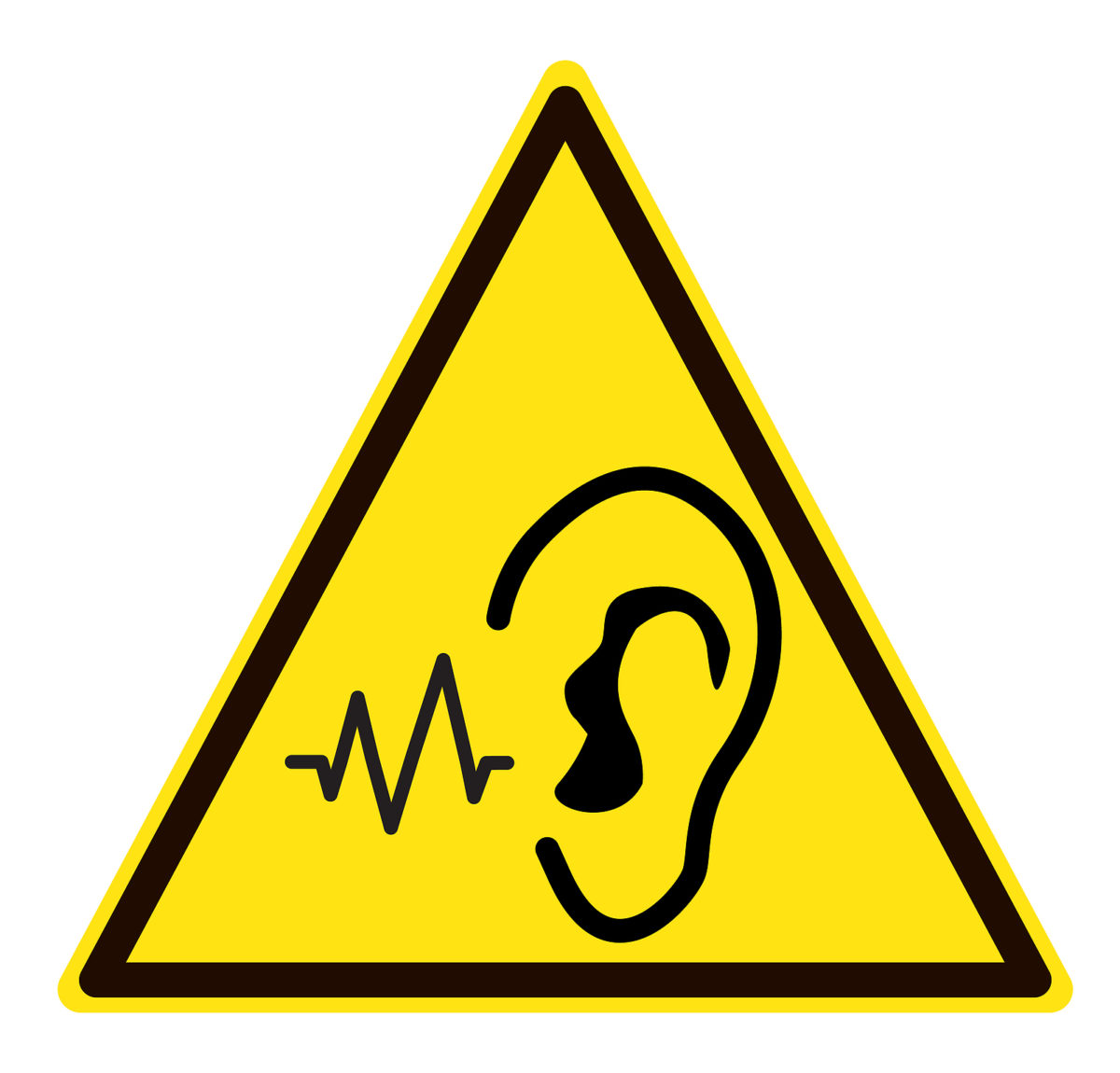Have you ever noticed your ears ring or hum at the end of a workday? Do you have to raise your voice or shout to talk to someone within 3 feet of you? Has your hearing ever faded temporarily after leaving work? These are all signs that you have been exposed to loud noises at the workplace.
For most of us, work is an integral part of our daily lives. The average American will spend nearly 90,000 hours at work in a lifetime. This means that millions of workers in the US will spend nearly a third of their lives exposed to potentially hazardous noise levels.
The Center for Disease Control’s National Institute for Occupational Safety and Health estimates that every year around 22 million working people are exposed to unsafe noise levels on the job. Nearly 12% of the American workforce have difficulties hearing and for about 24% of those workers, their hearing difficulties are caused by occupational exposure.
Occupational hearing hazards lead to noise-induced hearing loss (NIHL) which cannot be reversed. Noise-induced hearing loss makes it difficult to understand speaking voices and hear higher frequencies. Which can lead to difficulties communicating in daily life.
Hearing loss is measured in decibels (dB): Normal loss (0 to 25 dB), mild loss (26 to 40 dB), moderate hearing loss (41 to 70 dB), severe loss (71 to 90 dB), and profound hearing loss (91 dB and over).
The severity of your hearing loss is determined by the volume of the noises that you are exposed to, your closeness to the origin of those loud noises, and the amount of time you spend exposed to loud noises.
Average decibel ratings of familiar sounds:
- Normal conversation (60 to 70 dB)
- Movie theater (74 to 104 dB)
- Motorcycles (80 to 110 dB)
- Headphones on max volume (90 to 110 dB)
- Sporting events/ live concerts (95-115 dB)
- Sirens (110 to 129 dB)
- Fireworks (140 to 160 dB)
When the noise volume at a workplace is sustained at or above 85 dB, employers in certain industries are required by the Occupational Safety and Health Administration (OSHA) to apply for a hearing conservation program. The program is meant to aid workers in preventing occupational hearing loss. It is also intended to preserve and protect the hearing that employees have left. This includes providing hearing protection devices meant to limit an employee’s exposure to hazardous noise and educating employees about job-related noise hazards and risks.
Among the noisiest jobs are:
- Airline work
- Construction work
- Working in mines
- Carpentry
- Lumberjack and logging
- Railway work
- Manufacturing and factory work
- Military work
- Farm work
Other unexpected industries that are potential noise hazards are dental office work and school teachers, as some classrooms have been known to reach decibel levels in the 100’s.
People in these professions are often exposed to loud noises for extended periods. This exposure can cause damage to the tiny hair cells in the inner that carry electrical signals, that the brain then translates into recognizable sounds.
The short-term problems and side effects associated with noise-induced hearing loss brought on in the workplace may disappear within minutes, hours, or days of leaving. However, repeated damage can contribute to long-term hearing loss.
Luckily, hearing damage due to workplace exposure is avoidable if you know what to look out for and how to protect your ears.
The following is a list of recommended safe exposure time limits at different decibel levels:
- 90 dB exposure limit 8 hrs/day
- 92 dB exposure limit 6 hrs/day
- 95 dB exposure limit 4 hrs/day
- 97 dB exposure limit 3 hrs/day
- 100 dB exposure limit 2 hrs/day
- 102 dB exposure limit 1.5 hrs/day
- 105 dB exposure limit 1 hr/day
- 110 dB exposure limit 30 mins/day
- 115 dB exposure limit 15 mins or less/day
Find ways to reduce your noise exposure at the workplace:
- Keep all machines well-oiled and maintained for quieter use.
- Isolate the louder machines in one space.
- Minimize the time you spend in noisy spaces.
- If possible, consider using quieter machines.
- Always use appropriate hearing protection
- Make sure to use protective hearing correctly.
- If you listen to music, maintain safe listening levels.
- Step away from loud areas for quiet time.
Protecting your ears in the workplace can help preserve your hearing health and avoid long-term damage. Don’t hesitate to take control of your hearing health and get your ears checked! For more information call your hearing healthcare provider today.

